Year 2
The English curriculum is built around the three interrelated strands of language, literature and literacy. Teaching and learning programs should balance and integrate all three strands. Together, the strands focus on developing students' knowledge, understanding and skills in listening, reading, viewing, speaking, writing and creating. Learning in English builds on concepts, skills and processes developed in earlier years, and teachers will revisit and strengthen these as needed.
In Year 2, students communicate with peers, teachers, students from other classes and community members.
Students engage with a variety of texts for enjoyment. They listen to, read, view and interpret spoken, written and multimodal texts in which the primary purpose is to entertain, as well as texts designed to inform and persuade. These encompass traditional oral texts, picture books, various types of print and digital stories, simple chapter books, rhyming verse, poetry, non-fiction, film, multimodal texts, dramatic performances and texts used by students as models for constructing their own work.
The range of literary texts for Foundation to Year 10 comprises Australian literature, including the oral narrative traditions of Aboriginal and Torres Strait Islander Peoples, as well as the contemporary literature of these two cultural groups, and classic and contemporary world literature, including texts from and about Asia.
Literary texts that support and extend Year 2 students as independent readers involve sequences of events that span several pages and present unusual happenings within a framework of familiar experiences. Informative texts present new content about topics of interest and topics being studied in other areas of the curriculum. These texts include language features such as varied sentence structures, some unfamiliar vocabulary, a significant number of high-frequency sight words and words that need to be decoded phonically, and a range of punctuation conventions, as well as illustrations and diagrams that support and extend the printed text.
Students create a range of imaginative, informative and persuasive texts including imaginative retellings, reports, performances, poetry and expositions.
(source: www.australiancurriculum.edu.au)
Achievement Standard
Receptive modes (listening, reading and viewing)
By the end of Year 2, students understand how similar texts share characteristics by identifying text structures and language features used to describe characters and events, or to communicate factual information.
They read texts that contain varied sentence structures, some unfamiliar vocabulary, a significant number of high-frequency sight words and images that provide extra information. They monitor meaning and self-correct using knowledge of phonics, syntax, punctuation, semantics and context. They use knowledge of a wide variety of letter-sound relationships to read words of one or more syllables with fluency. They identify literal and implied meaning, main ideas and supporting detail. Students make connections between texts by comparing content. They listen for particular purposes. They listen for and manipulate sound combinations and rhythmic sound patterns.
Productive modes (speaking, writing and creating)
When discussing their ideas and experiences, students use everyday language features and topic-specific vocabulary. They explain their preferences for aspects of texts using other texts as comparisons. They create texts that show how images support the meaning of the text.
Students create texts, drawing on their own experiences, their imagination and information they have learnt. They use a variety of strategies to engage in group and class discussions and make presentations. They accurately spell words with regular spelling patterns and spell words with less common long vowel patterns. They use punctuation accurately, and write words and sentences legibly using unjoined upper- and lower-case letters.
(source: www.australiancurriculum.edu.au)
- Plus Plan
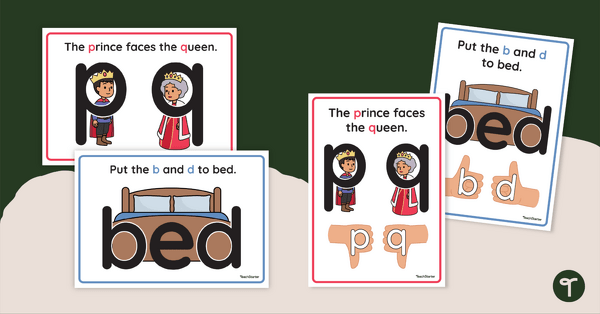
Letter Reversal Posters
Display these posters highlighting the differences between b, d, p and q letterforms.
- Plus Plan
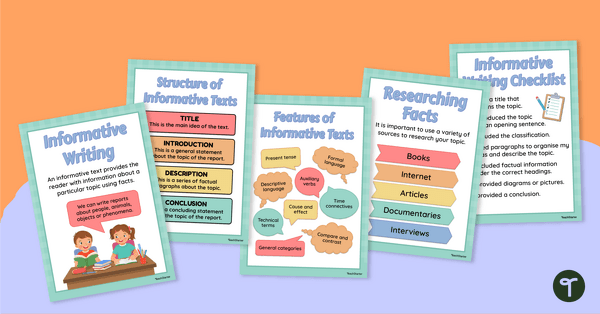
Informative Writing Posters
Display this set of 5 information report posters in your classroom during your informative writing unit.
- Plus Plan
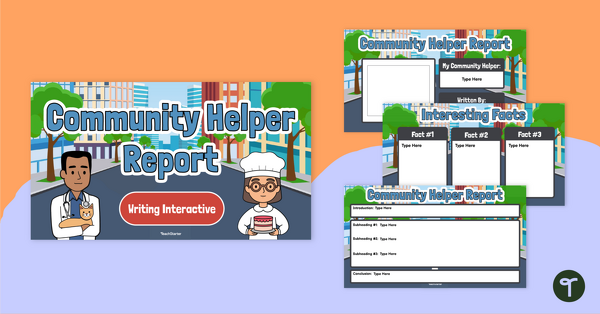
Community Helper – Digital Report Writing Activity
Use this community helpers interactive activity to model the purpose and structural elements of information reports.
- Plus Plan
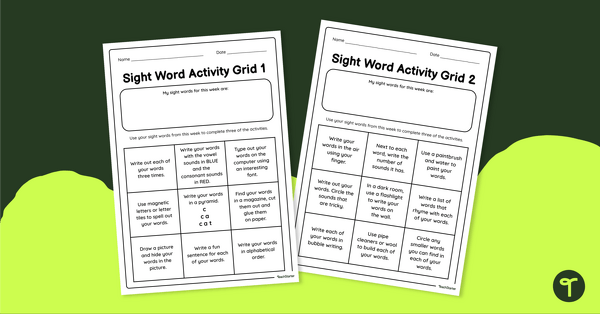
Sight Word Activity Worksheets
Help your students practise their sight words at home with this set of two sight word activity grids.
- Plus Plan
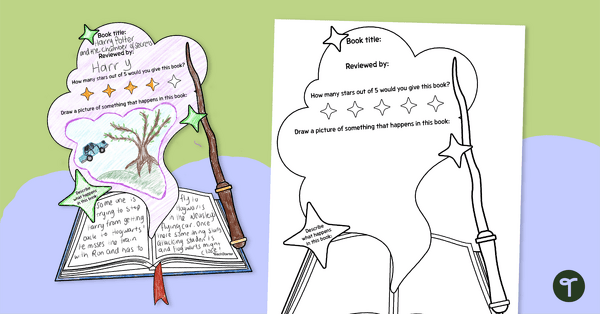
Magic-Themed Book Review Template
Create a display of student book reviews during Book Week 2024 with this magic-themed book review template for lower years students.
- Free Plan
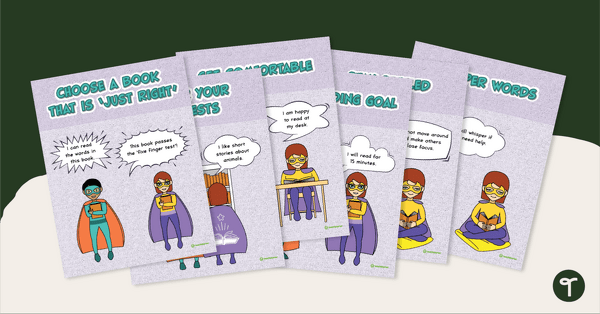
Super Stamina Reading Posters
Highlight strategies students can use to read for longer periods of time with this printable poster set for a school library or classroom.
- Plus Plan

Dolch Sight Word Tracker - Google Sheets
Track mastery of Dolch Sight Words using a digital Google Sheets Sight Word tracking spreadsheet.
- Plus Plan

How to Make a Salad – Procedural Writing Craftivity
Use this engaging craft activity on making a salad to teach your students all they need to know about procedural writing!
- Plus Plan
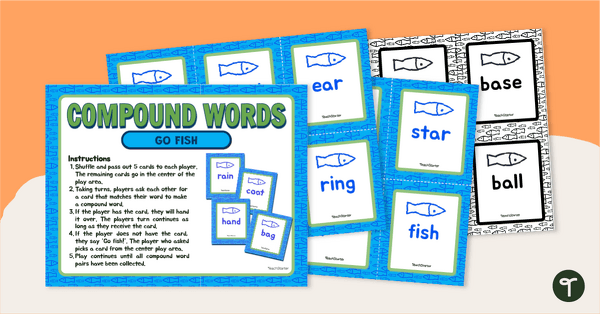
Compound Words Go Fish Game
Practise building compound words with an engaging game of Compound Word Go Fish!
- Plus Plan
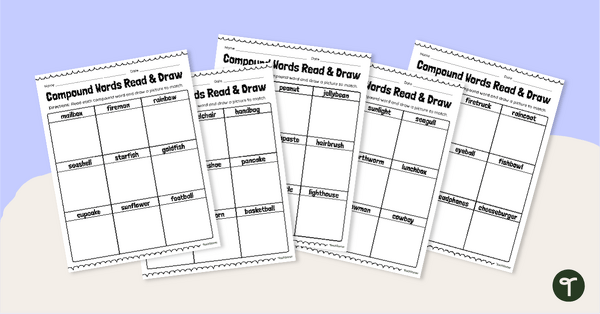
Compound Words Read and Draw Worksheets
Blend vocabulary and art with an engaging set of Read and Draw Compound Words Worksheets!
- Plus Plan
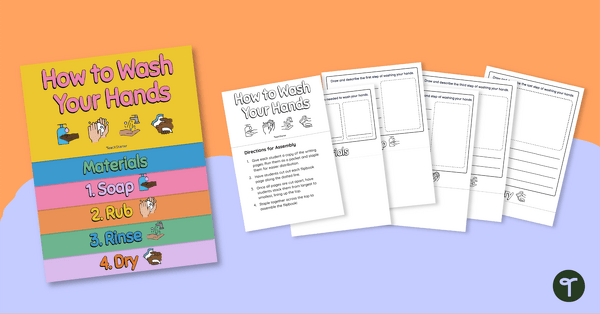
How to Wash Your Hands Flipbook
Use this “How to Wash Your Hands” procedural writing activity to help familiarise your students with the structural elements of procedure texts.
- Plus Plan
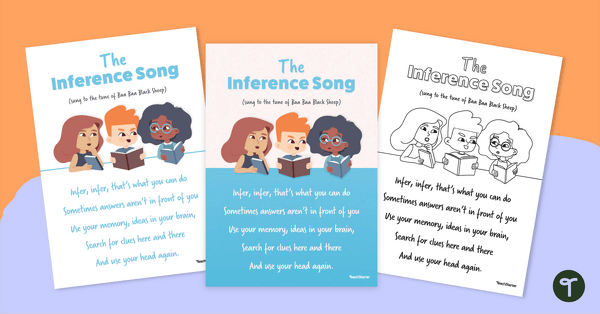
The Inference Song Classroom Poster
Teach your students about the meaning of inferencing with a song!
- Plus Plan
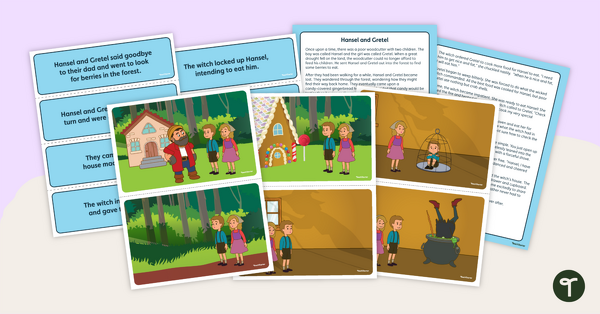
Hansel and Gretel Retelling Activity Cards
Teach your students about retelling with this set of sequencing cards for Hansel and Gretel.
- Plus Plan

Conjunctions Spinners (Coordinating Conjunctions, Subordinating Conjunctions, Correlative Conjunctions)
Bring some fun to your grammar lessons with these colourful conjunctions spinners! Students spin tp reveal a conjunction to use in their writing or oral language.
- Plus Plan

Text Connectives Posters for Lower Primary Students
Display this set of 8 grammar posters to teach students about text connectives and conjunctions.
- Plus Plan

Year 2 Magazine – What's Buzzing (Issue 3)
Issue 3 of our beautifully designed, 22-page reading magazine specifically designed for Year 2 students.
- Plus Plan
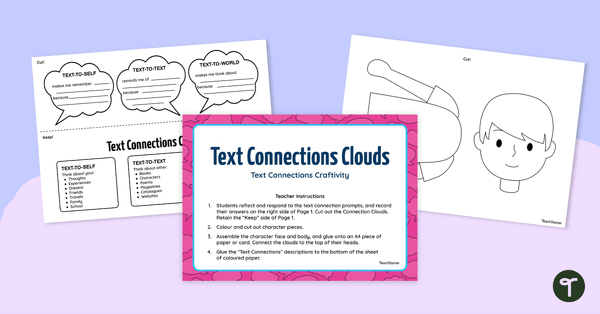
Text Connections Clouds Craftivity
Enjoy this fun literature craftivity with your students, which prompts them to answer comprehension questions for making personal connections to text.
- Plus Plan
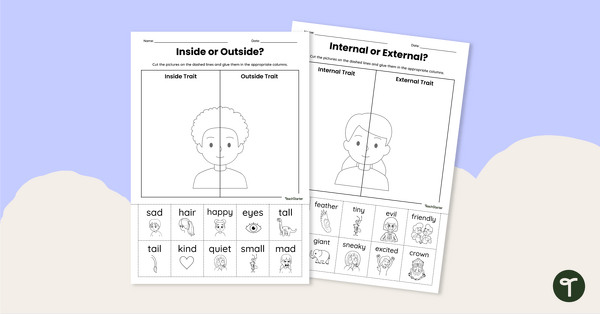
Internal and External Character Traits - Cut and Paste Worksheet
Explore the internal and external traits of story characters with this differentiated cut-and-paste worksheet.
- Free Plan
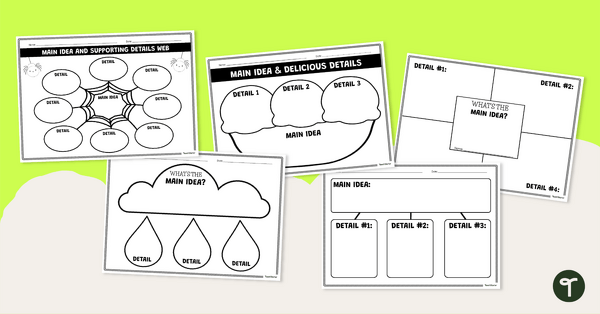
Finding the Main Idea - Graphic Organiser Templates
A worksheet to use when teaching students how to find the main idea of a text.
- Plus Plan
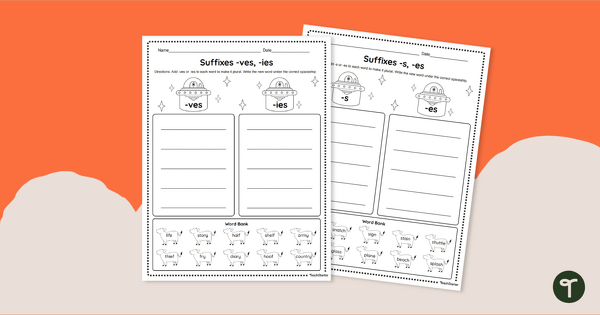
Sort the Suffixes - Worksheets
Practise using the suffixes -s, -es, -ies and -ves with a pack of printable add-a-suffix worksheets.
- Plus Plan
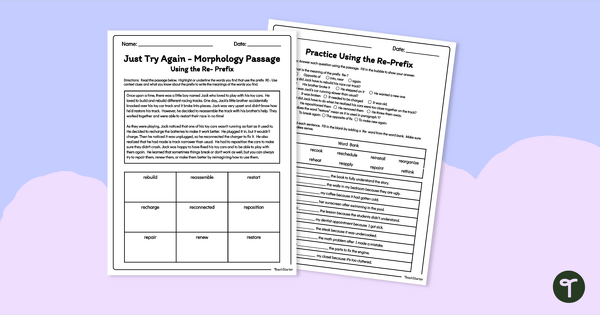
Re- Prefix Words Worksheet - Morphology Passage
Practise reading, defining, and using words with the Re- prefix with a morphology-based reading passage and prefix worksheet.
- Plus Plan
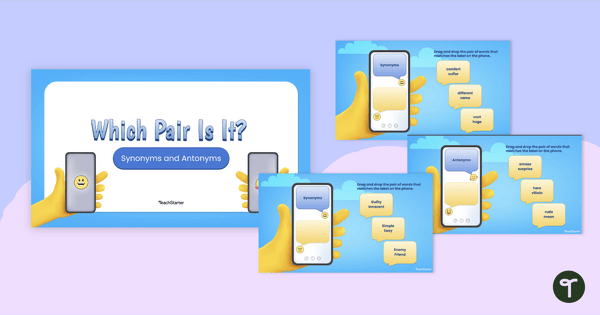
Which Pair Is It? Synonyms and Antonyms Interactive Activity
Help your students learn new synonyms and antonyms with an interactive matching activity.
- Plus Plan
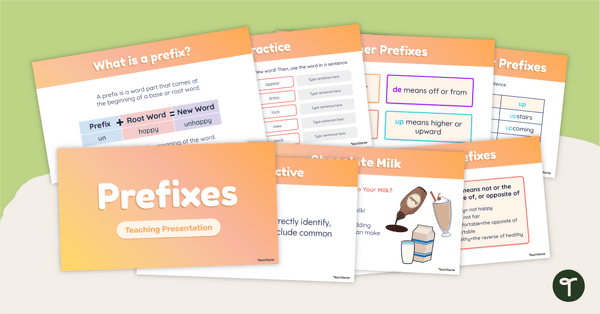
Instructional PowerPoint - Prefixes
Teach your students to correctly identify, define, and spell words with common prefixes with an interactive teaching presentation.
- Plus Plan
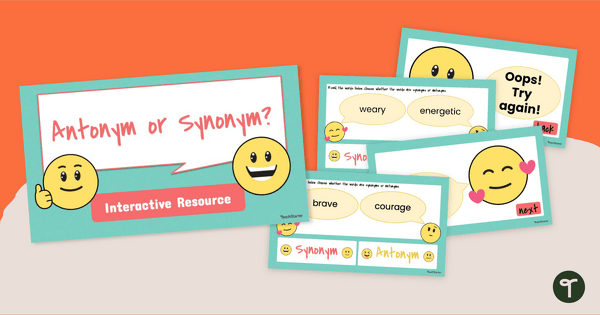
Antonym or Synonym? Interactive Resource
Boost vocabulary skills using a fun emoji-themed self-checking activity with synonyms and antonyms!
- Plus Plan

Synonym and Antonym Swap Worksheet
Build vocabulary skills with a printable synonyms and antonyms worksheet.
- Plus Plan
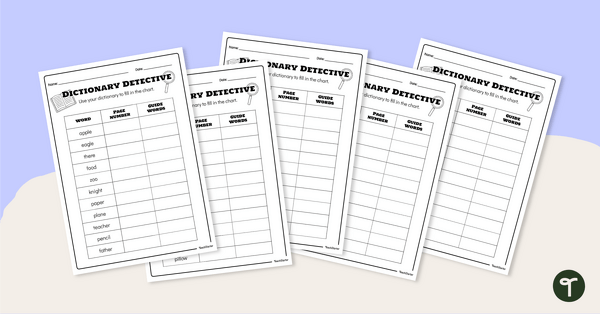
Dictionary Detectives Worksheets
Hunt for guide words and page numbers to practise dictionary skills with these dictionary worksheets.
- Plus Plan
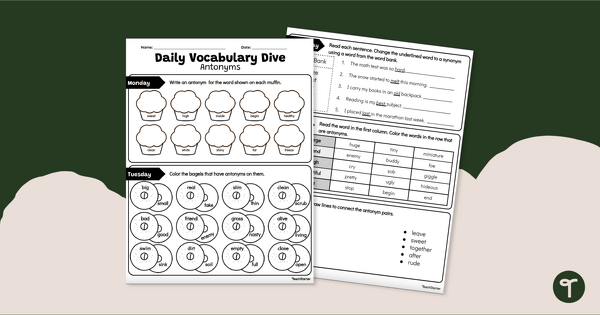
Daily Vocabulary Dive - Antonyms Worksheet
Give your students a daily dose of vocabulary practice with a five-day Antonym Review Worksheet.
- Plus Plan
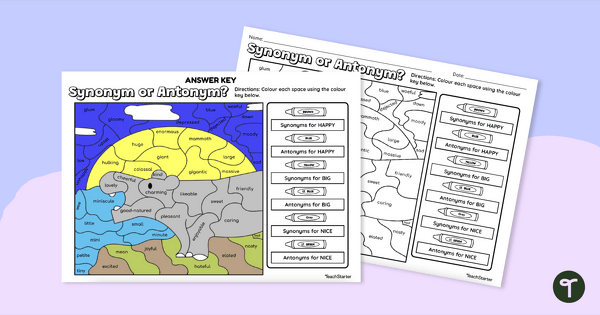
Colour By Code Worksheet - Synonyms and Antonyms
Reveal the hidden picture and practise using synonyms and antonyms with a vocabulary colour-by-code worksheet.
- Plus Plan
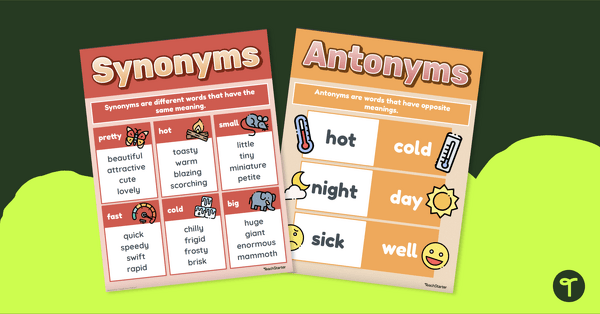
Synonym and Antonym Posters
Print a pair of handy synonym and antonym anchor charts for your students to reference during writing lessons.
- Plus Plan
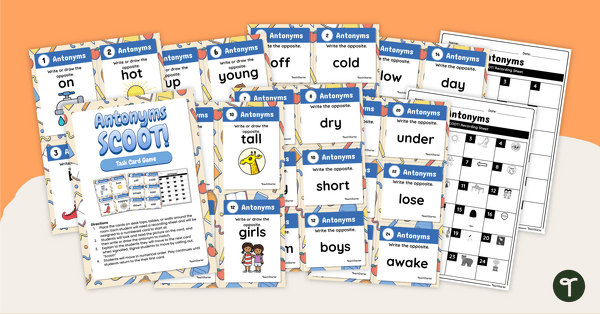
Antonyms - SCOOT! Task Cards
Build vocabulary and recognition of antonyms with a fun game of SCOOT!
- Plus Plan
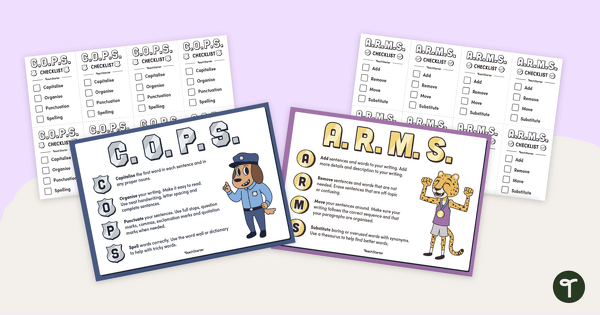
ARMS and COPS - Editing Posters and Checklists (Landscape)
Encourage your students to proofread and edit their writing using the C.O.P.S. and A.R.M.S acronyms with a pair of printable writing posters.
- Plus Plan

Bake Off! - Decodable Reader (Level 5)
Develop confident, successful readers with this phonics-based, printable decodable book.